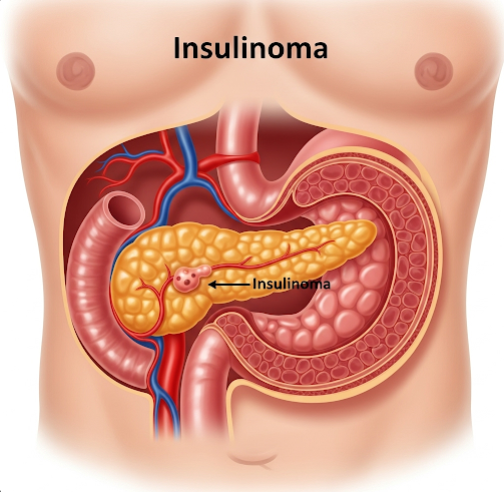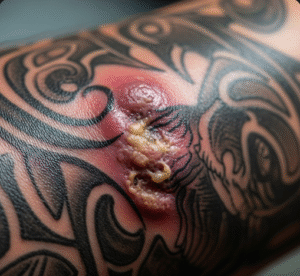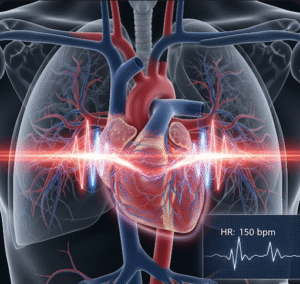Overview
Insulinoma is a rare neuroendocrine tumor of the pancreas that produces excessive amounts of insulin, leading to dangerously low blood sugar levels (hypoglycemia). Although most insulinomas are benign, they cause significant clinical symptoms due to recurrent hypoglycemia, which can affect the brain and other organs. Early diagnosis and treatment are critical to prevent complications.
In Korea, advanced diagnostic imaging and minimally invasive surgical techniques are widely available, making early detection and effective treatment of insulinoma increasingly successful.
What is Insulinoma?
An insulinoma is a tumor arising from the beta cells of the pancreas that autonomously secretes insulin regardless of blood glucose levels. This unregulated insulin release results in recurrent hypoglycemia, especially during fasting or exercise. Insulinomas are usually small (less than 2 cm) and solitary but can sometimes be multiple or malignant.
Symptoms
Symptoms primarily result from hypoglycemia and include:
- Sweating
- Tremors
- Palpitations
- Confusion or difficulty concentrating
- Weakness or fatigue
- Dizziness or lightheadedness
- Hunger
- Blurred vision
- Seizures or loss of consciousness in severe cases
Symptoms often improve temporarily with eating but recur when blood sugar drops again.
Causes
The exact cause of insulinoma is unclear, but it may occur sporadically or as part of genetic syndromes such as Multiple Endocrine Neoplasia type 1 (MEN1). These tumors result from abnormal growth of insulin-producing beta cells in the pancreas.
Risk Factors
- Genetic predisposition, particularly MEN1 syndrome
- History of pancreatic neuroendocrine tumors
- Age typically between 40 and 60 years, though it can occur at any age
- No clear lifestyle or environmental risk factors identified
Complications
Untreated insulinomas can cause:
- Frequent, severe hypoglycemia leading to brain damage
- Seizures and loss of consciousness
- Accidental injuries due to sudden hypoglycemic episodes
- Weight gain due to frequent eating to relieve symptoms
Prevention
Since insulinomas are usually sporadic tumors, there are no established prevention methods. However, individuals with MEN1 syndrome are monitored regularly with imaging and blood tests to detect tumors early.
Treatment Options in Korea
Diagnosis
In Korea, insulinomas are diagnosed through:
- Blood tests showing inappropriately high insulin levels during hypoglycemia
- Imaging studies like abdominal CT scans, MRI, and endoscopic ultrasound (EUS) to locate the tumor
- Selective arterial calcium stimulation test (SACST) in difficult cases
Medical Management
- Initial management includes frequent small meals to prevent hypoglycemia
- Medications such as diazoxide or somatostatin analogs may be used to reduce insulin secretion in inoperable cases
Surgical Treatment
- Surgical removal of the tumor is the definitive treatment and is highly successful.
- Korean surgeons use minimally invasive laparoscopic or robotic-assisted pancreatic surgery for precise tumor excision with faster recovery.
- In cases of multiple tumors, partial pancreatectomy may be necessary.
Follow-up and Prognosis
- Regular monitoring post-surgery includes blood glucose levels and imaging to detect recurrence.
- Most patients have an excellent prognosis after successful tumor removal.
Specialized Care in Korea
- Korea has dedicated neuroendocrine tumor centers combining endocrinology, oncology, radiology, and surgery expertise.
- Advanced technologies such as PET scans with specific tracers are available for tumor localization.













